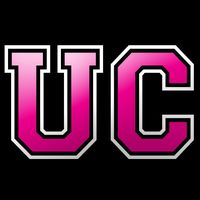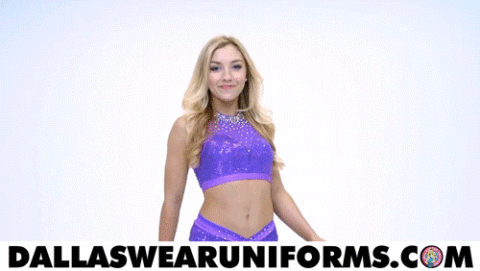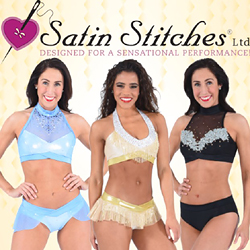On The Scene: Marketing with Spirit
By Kevin Manahan
OregonBusiness.com
To most people, cheerleading and marketing don’t often go hand-in-hand, other than using pep rallies and bake sales to promote the high school team. Which could be why it was so interesting to hear Dallas Cowboys Cheerleaders director Kelli Finglass talk about how she built the cheer team – first conceived simply as an outreach arm for the Cowboys – into a world-famous business brand that sells everything from throw blankets to yoga DVDs.
Finglass spoke at a luncheon this week for the local American Marketing Association chapter, held at the Crowne Plaza Hotel in Northeast Portland. Finglass herself was a Cowboys Cheerleader from 1984 to 1989; she was eventually brought on as assistant director and later worked in sales and promotions for the Cowboys franchise before being hired as DCC director by Cowboys owner Jerry Jones. But the Cheerleaders weren’t always an international presence; in fact, before Finglass took the job, the team was operating at a deficit, and moving the team out of the red was one of Finglass’ first challenges as director. But she succeeded in making them profitable, eventually introducing branded items like calendars to promote the team’s image and establishing dance camps and competitions — all to expand revenue streams for a group that wasn’t originally intended to be a money-maker.
But with the new branding opportunities came the temptation to over-sponsor and slap the Cheerleaders’ logo— also redesigned under Finglass — on everything. “I was very cautious, which made it a little harder for me as a brand-new marketer to figure out ways that we could create revenue without compromising the mission of the Cheerleaders,” Finglass said. And when she tried reaching out to Mattel to make a Barbie doll modeled after the Cheerleaders, she was denied for years because the company still didn’t think the team had a national appeal. It wasn’t until Finglass helped the team get its own Country Music Television reality show that a Barbie designer finally took notice two years ago; the resulting DCC doll sold out nationwide in three days. In addition to watching the cheerleaders establish themselves as go-to USO entertainers, Finglass considers the Barbie deal her biggest DCC brand achievement, especially when she looks back at the thick file of denial letters from Mattel.
Kelli (right) with DCC Choreographer Judy Trammell in 2006The cheerleaders themselves play a big part in marketing by using the DCC website and blogs to market their image and get appearances booked. Finglass is looking to further utilize sites like Facebook and Twitter as a means for all 35 Cheerleaders to interact with fans — instant virtual fan mail. She also keeps tabs on consumer feedback by braving the inbox flood and having general email messages forwarded to her personal account. “It’s time-consuming,” Finglass said, “but it’s a serious way to be more well-informed about what people are interested in and how you can apply it to marketing.” DCC even recently got a request to appear on The Oprah Winfrey Show through the general email account, an opportunity that could have gotten lost in the fray if Finglass weren’t reading the messages herself.
Certainly, many cheerleading teams can’t say they’ve made enough of a mass impact to get written into Saturday Night Live skits; how did America’s Sweethearts manage to break away from the norm? One business tactic that’s helped is making DCC its own self-sustaining entity, operating largely without third parties or agencies and risking the errors that are bound to happen when outsourcing is ruled out (squad photo and calendar misprints among them). The Cheerleaders have also established themselves as a separate brand from the Cowboys, making it possible for them to support their business on their own terms — regardless of how the Cowboys fare on the field.




